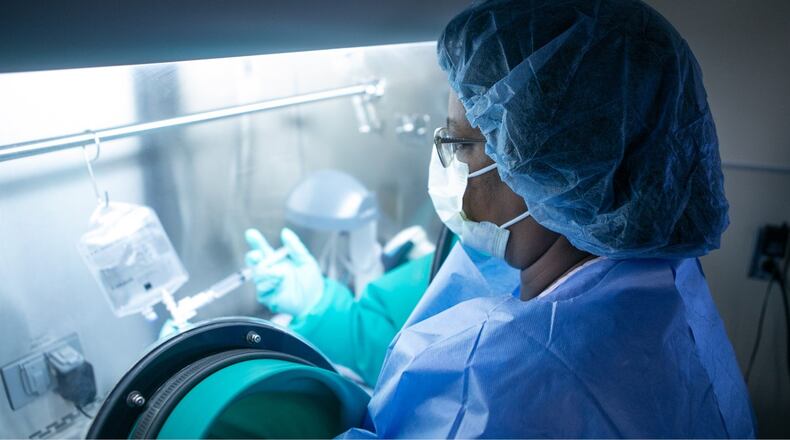Advances in medical technology have improved doctors’ abilities to detect cancers at earlier stages, Mukunda said. This can lead to increase detections, increasing reported the incidence, but it can also improve outcomes through early treatment, he said.
In 2022, there were almost 20 million new cases of cancer and close to 10 million cancer deaths, the American Cancer Society says. Demographics-based predictions indicate that the annual number of new cases of cancer will reach 35 million by 2050, a 77% increase from 2022, new research shows.
Changes in population growth is a key driver of the size of the cancer burden, according to the American Cancer Society, with the global population of approximately 8 billion in 2022 reaching 9.7 billion by 2050.
Increases in obesity rates, physical inactivity, poor diet and smoking in certain populations can contribute to higher cancer rates, Mukunda said.
“Accelerated aging is being studied to explain increase in cancer rates among younger individuals,” Mukunda said.
HPV, or human papillomavirus, is a common virus that can cause cancers later in life, according to the Centers for the Disease Control.
HPV is typically associated with cervical cancer, but doctors are increasingly seeing it present in other cancer patients, like squamous cell carcinoma, a common type of skin cancer.
“We are seeing more of them that are related to the human papillomavirus,” said Dr. Sameep Kadakia, director and division chief of surgical oncology and reconstructive plastic surgery at Premier Health.
“There’s still a lot of research being done around the exact reasons why we’re seeing more of these in younger folks,” said Kadakia, who is also associate professor at Wright State University.
Some of the increased incidence of HPV-related cancers could be because of certain social practices, such as intimate skin-to-skin contact, which is how HPV is typically spread, according to the CDC.
“There’s also the possibility that a lot of these viruses exist ubiquitously in our population, and for whatever reason, certain patients may be more vulnerable to having issues with them,” Kadakia said.
Doctors are also finding HPV-related cancer patients who aren’t necessarily subject to social practices or sexual issues, he said.
“The virus exists in many people, and it exists everywhere, so part of the transmission could be thought of as being related to sexual practices, but then there’s the other part of it that may just be a matter of it being present and some people just being more vulnerable to the effects of that virus,” Kadakia said.
The HPV vaccine is recommended for preteens aged 11 to 12 but can be administered as early as age 9 and up until age 26 for those who did not receive it earlier, doctors say. Adults between the ages of 27 through 45 years old may be vaccinated based on discussions with their health care provider about their risk of new HPV infections.
“HPV vaccination can significantly reduce the incidence of cervical cancer and is also linked to reductions in other types of cancer caused by HPV, such as oropharyngeal (throat) cancer and anal cancer,” Mukunda said.
Starting the vaccine series early maximizes its effectiveness in preventing HPV-related diseases, he said.
Investments in prevention, including the targeting of key risk factors for cancer―like smoking, obesity and infections―can help avert future cancer diagnoses worldwide, according to the American Cancer Society, creating social and economic benefits over the next few decades.
About the Author


